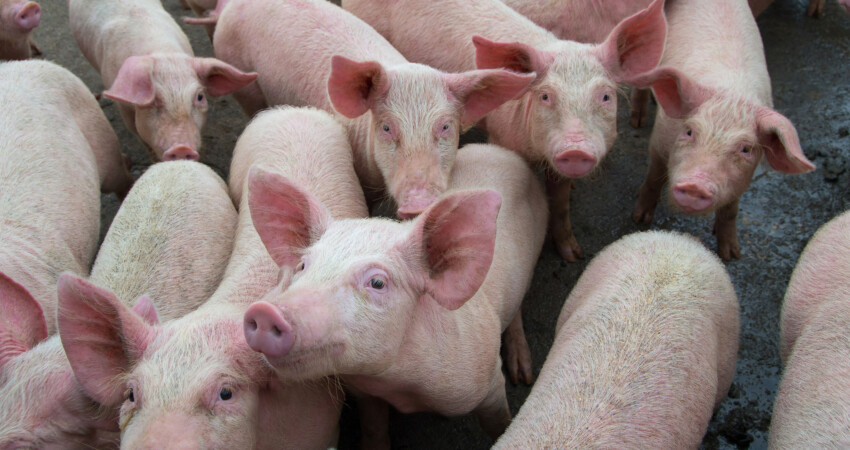

When maintaining a productive environment in a pig house, both minimum and maximum ventilation are important principles to consider. Below, we explain the two types, how they can be measured and in what circumstances each ventilation principle is desired.
Minimum ventilation
The air in pig barns contains multiple gasses and particles. When these particles reach above a certain limit, they can become harmful or corrosive and must be removed. Minimum ventilation is ventilation that is required to refresh the air adequately and is usually applied with low outside temperatures, for small piglets and during the night.
Minimum ventilation can be measured at the hand of the Carbondioxide levels. This is measured in particles per million(ppm). When the level exceeds 3000 ppm, ventilation is not adequate. When measurements show levels to be below 2000 ppm, ventilation is excessive.
To save money on heating costs, minimum ventilation is sometimes set too low, causing the Carbondioxide levels to rise too much. Carbondioxide is not dangerous in itself, but when too much Carbondioxide is present, this means the humidity is also too high, resulting in a bad air quality. It is thus recommended to ventilate adequately and use slightly more heating.
Maximum ventilation
Pigs consume less feed at high temperatures. They grow less and this in turn negatively affects farm results. Additionally, the effects of heat stress can lead to bowel problems and other illnesses. Because of this, it is important to keep out the heat and at least remove the heat produced by the animals through ventilation. The amount of air needed to do this is referred to as maximum ventilation. Maximum ventilation is usually only required on hot summer days with the maximum amount of pigs in the house.
 Contact Jaguza Support
Contact Jaguza Support